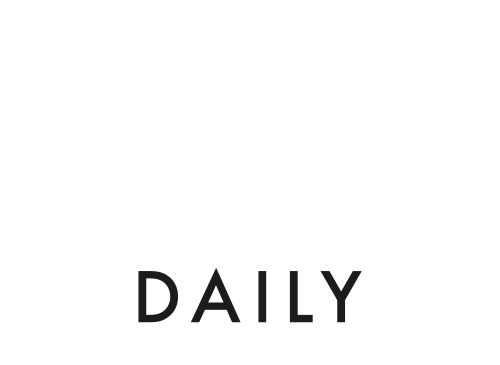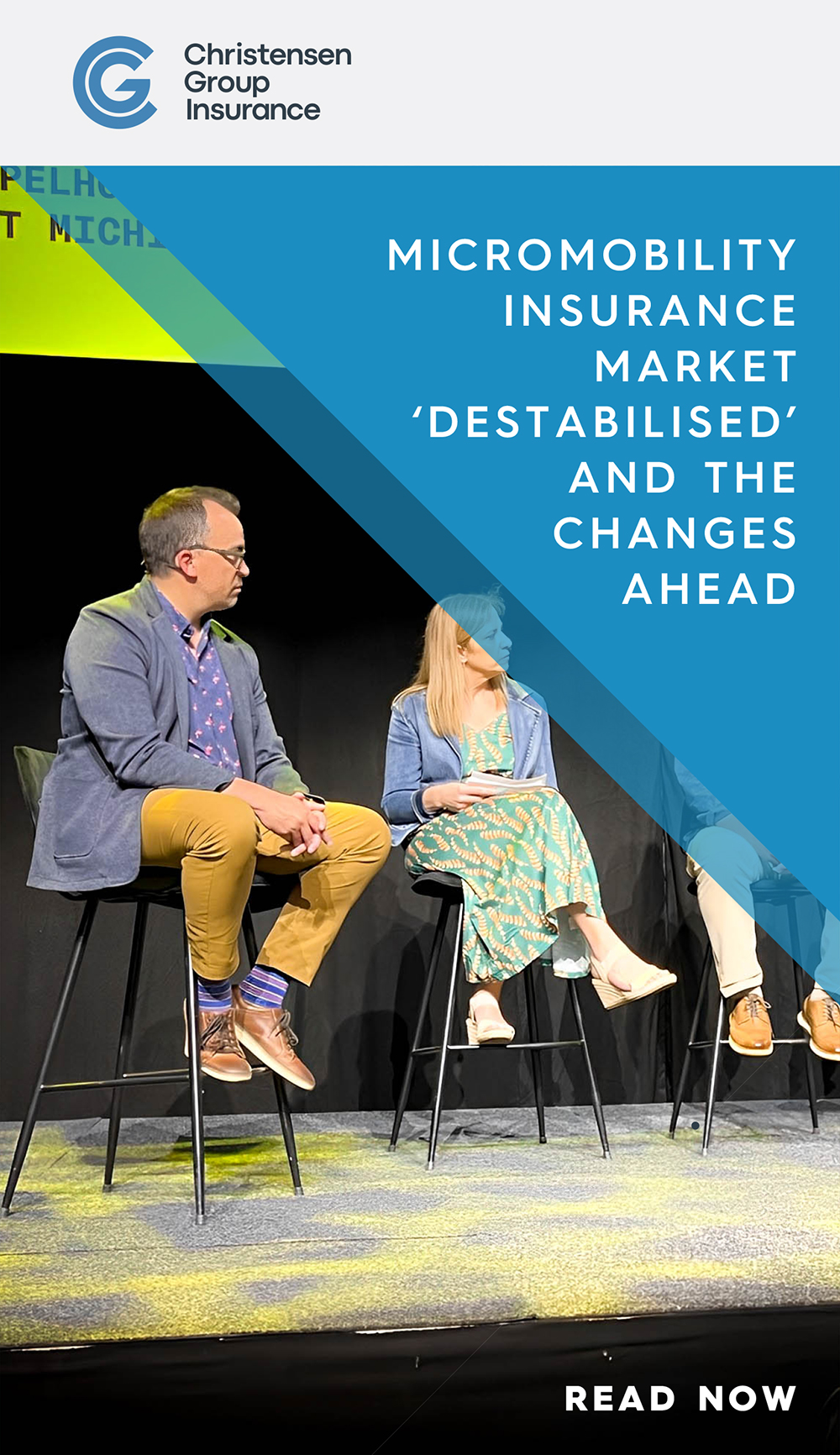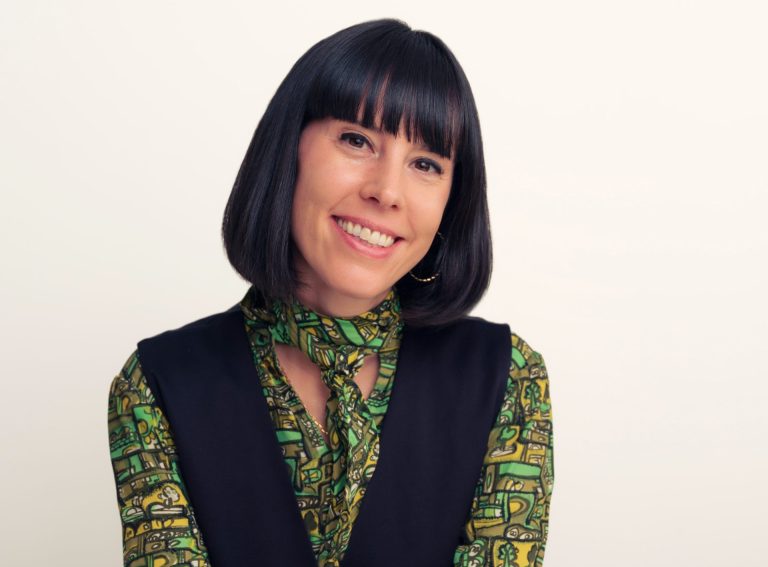From scaling new markets to rolling out innovative vehicles, 2024 has been a standout year for Veo.
Now a top micromobility provider in North America, the company operates in over 50 cities, proving that sustainable, two-wheel solutions are a critical part of the urban transport puzzle.
Key milestones include exclusive long-term contracts in New York and Ohio, pioneering efforts to integrate micromobility into urban and corporate ecosystems, and introducing the first two seater shared vehicle.
We caught up with Candice Xie, CEO of Veo, to reflect on the year’s achievements and discuss the trends she thinks will shape micromobility in 2025.
Zag: Veo has grown significantly in recent years. How are you tracking financially?
CX: “Veo is now one of the largest micromobility providers in North America. We operate in more than 50 U.S. cities, and 95% of these markets are both profitable and cash-flow positive. This year, we improved profit margins by 8% year-on-year and secured multi-year contracts in key locations like Queens, New York, and Columbus, Ohio. These cities share our vision of prioritising people over cars, which is crucial for long-term success.”
Zag: Can you tell us how many new markets Veo has entered this year?
CX: “In 2024, we entered 10 new markets, including NASA’s Goddard Space Flight Center, Cleveland, Ohio, and Queens, NYC. Looking ahead, we’re set to launch in at least four more markets in spring 2025, including Columbus and Ohio State University, all under exclusive, long-term contracts.”
Zag: What’s been your ‘shining star city’ where micromobility has been done right?
CX: “Washington DC is a standout. The nation’s capital is now home to more than 18,000 vehicles, from standing scooters, to pedal-assist e-bikes and throttle-assist e-bikes. In Q3, Veo accounted for 28% of all dockless e-bike rides in D.C., and we’re continuing to expand there. The city also incentivises sustainable operations by refunding part of permit fees if we hit equity targets. It’s a model for other cities aiming to integrate micromobility effectively.”
Zag: Why have corporate campuses and business hubs become such a big focus for Veo?
CX: “As employees return to offices, companies are keen to both improve their sustainability credentials and offer efficient ways for their staff to get across these large sprawling campuses. Veo’s solutions bridges the gap between parking, office buildings, and communal spaces. All these partnerships are subscription-based, thereby providing predictable revenue for us.
“Besides corporate campuses, our other core verticals include major cities, medium-sized cities and university campuses. While each has unique needs, they all aim to provide scalable, sustainable last-mile transport, and success in one, often informs strategies for others.”
Zag: This year you became the first company to create and deploy a two-seater shared vehicle. Tell us about the Apollo and why it was launched.
CX: “Yes, this year we introduced the Apollo two-seater vehicle in select markets, which has been incredibly well-received. In our 2024 user survey, the majority of our riders said they would use Veo more if they could carry more groceries or passengers. Our riders told us they wanted more inclusive and versatile options, so we listened. Hardware innovation is a core part of our strategy, and we’re set to announce more vehicles in 2025 to meet evolving user needs.”
Zag: You partnered with Captur this year to improve parking compliance. How’s that going?
CX: “Captur uses AI-driven technology to ensure vehicles are parked correctly. The system provides real-time feedback to riders, educating them about whether their chosen parking location complies with local regulations. This not only helps riders make better decisions but also reduces pedestrian and vehicular obstructions in urban environments.
“We launched the solution earlier this year, and it’s already making a noticeable impact in areas with parking challenges. Currently, we’re testing two models: the first is an educational approach, offering guidance without penalties, while the second is stricter, preventing riders from ending trips unless vehicles are parked in designated areas. Both options aim to balance user convenience with city compliance, ensuring a tidy and well-regulated micromobility service.”
Zag: What trends do you see emerging in bike-sharing schemes as we approach 2025?
CX: “One significant trend is the ongoing replacement of legacy, docked bike-share systems with more scalable dockless solutions. Historically, city-funded schemes were expensive and lacked scalability, making it difficult for cities to provide the thousands of vehicles needed for a reliable and convenient network.
“Today, cities are issuing more requests for proposals to upgrade these systems, often partnering with dockless providers like Veo. For example, in Columbus, Ohio, we’re helping replace an older bike-share programme with a fully integrated micromobility system. While legacy systems played a crucial role in educating early adopters, it’s now time for a new wave of technology-driven solutions that are more affordable, efficient, and capable of meeting modern urban mobility demands.”
Zag: Many legacy bike-share schemes used docked hardware. What’s Veo doing differently to address scalability?
CX: “Veo’s dockless technology offers greater scalability, with advanced parking solutions to ensure compliance while maintaining affordability. For example, our latest sixth- and seventh-generation vehicles, combined with innovative parking management tools, enable cities to deploy and maintain large fleets efficiently. These upgrades align with modern urban needs, offering cities a cleaner, more streamlined alternative to outdated systems.”
Zag: What do you think is needed from cities to support micromobility?
CX: “Infrastructure is crucial. Protected bike lanes and on-street parking corrals reduce clutter and improve safety. In St. Petersburg, Florida, our pilot of on-street parking corrals has been a huge success. Cities that invest in these improvements make micromobility safer and more accessible.”
Zag: Your community-first strategy emphasises local involvement and outreach. How is this shaping your approach?
CX: “Community engagement and collaboration with city partners will be more needed than ever as the ridership picks up. We approach each city with an open mind, listening to its unique priorities and tailoring our initiatives accordingly. For example in Santa Monica, we partnered with community service groups to provide free e-bike access for homeless outreach programs, addressing the city’s housing challenges. In Seattle, we collaborated with different user groups to understand their needs and provide tailored vehicle solutions. This adaptability has been key to our success. By aligning with community priorities, we ensure our solutions are impactful and financially sustainable.”
Zag: Could you foresee collaborations with other shared mobility operators, similar to the recent Forest and Bird partnership in London?
CX: “Absolutely. Collaboration among vendors benefits the entire industry by growing ridership and advancing shared goals. While we’re not currently in active discussions, we remain open to partnerships that allow users to access our vehicles through other apps or vice versa. As the industry matures and consolidates, such collaborations are likely to become more common, fostering greater integration and convenience for riders.”
Zag: Finally, what’s next for Veo in 2025?
CX: “We’re focusing on expanding into new markets and launching more innovative vehicles. Integration with other transport modes is another big priority. By creating a more connected ecosystem, we can make micromobility an even bigger part of urban life.”





